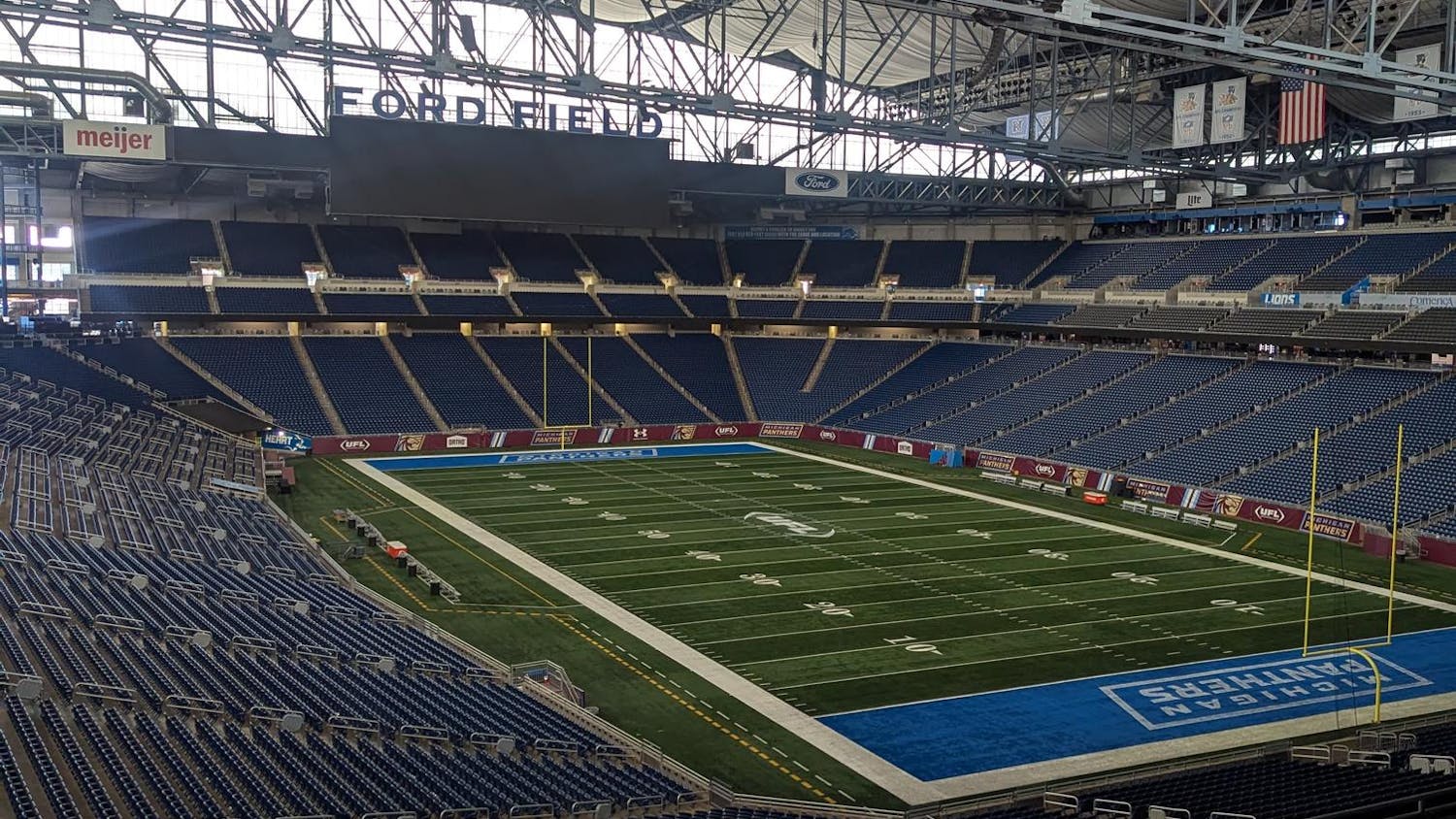Eastern Michigan University’s Center for Multicultural Affairs presented “Smoke Signals,” a film based on the Sherman Alexei novel “The Lone Ranger and Tonto Fistfight in Heaven,” Thurs., Nov. 2, at Halle Library.
The film follows two Native Americans, Victor Joseph (Adam Beach) and Thomas Builds (Evan Adams) on their trip from the Spokane Indian Reservation to the Arizona desert to pick up the remains of Victor’s father Arnold who recently died.
Arnold rescued Thomas when he was a baby from a Fourth of July house fire that killed his parents. Since then, Thomas has had a lot of admiration for Arnold. Victor and Thomas are now neighbors and are very different. They grow closer as they learn more about each other, Victor’s father and gain different perspectives.
For most of Victor’s life, he resented his father due to his alcohol addiction and abandonment due to marital problems. He escaped to live with a young woman named Suzy who he met after leaving Victor’s mother. On the trip, Suzy tells Victor and Thomas new information about Arnold such as what started the house fire and what led him to his alcohol addiction.
The film won various prestigious awards such as the Filmmaker’s Trophy for director Chris Eyre, Best Film from the American Indian Film Festival and best American Independent Feature from the San Diego World Film Festival.
Smoke Signals was the first film to be directed, written and co-produced by Native Americans to have a major distribution. All the main roles were played by Native Americans. The director, Chris Eyre, worked on the movie through Robert Redford’s Native American and Indigenous Program at the Sundance Film Institute. This helped translate oral Native American stories into narratives for the screen and contradict the Hollywood image of Native American culture. The film was also supported by Hollywood producer Harvey Weinstein when he distributed it through Miramax.
The film is known to make fun of and challenge Native American stereotypes such as not smiling, the warrior and the shaman. Victor was athletic, good looking, and irritable which made him the warrior. Thomas wanted to make past events into positive things made him like a shaman.
Amber Morseau, graduate assistant in the Center for Multicultural Affairs, said the film is a great way to learn about Native American culture and help others see them in a new way.
“It is the comedic side of Native American experiences of micro aggression and the isolation of the reservations,” she said.
“It shows the strength of our communities and how we pull together our community members in our times of need. There is more to Native Americans than the Noble Savage.”
Jocelyn Marsack, junior majoring in environmental science, really enjoyed the film and always wanted to see it because of how it was well received. She learned about the viewing from her Native American Literature class and attended for extra credit and entertainment.
“The film is a true representation of Native American culture and experiences. It was a perspective shock because you can only know how someone feels when its communicated it to you. You get to see the feelings associated with the character emotions,” she said.
Marsack said that film can give Americans a new perspective of Native Americans.
“As a society we recognize the wrong that was done to Native Americans, but the magnitude and effects of those impacts were much clearer,” she said.










